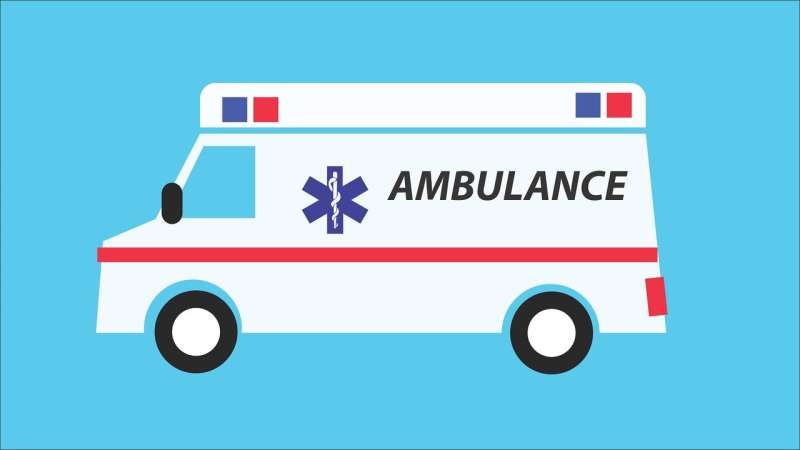
A new study has found that many people are still attending hospital emergency departments with problems that could be dealt with by a GP.
Dr. Yaqoot Fatima from James Cook University and the University of Queensland led a study on people who attended a Mount Isa remote emergency department with conditions that could be treated by a GP—and questioned them about their choices.
Other investigators also from JCU’s Murtupuni Center for Rural and Remote Health included Prof Sabina Knight, Prof Richard Hays, A/Prof Santosh Jatrana and Prof Isabelle Skinner.
“Utilization of ED services is increasing rapidly, with national data showing that around 35 percent of ED attendances are for less urgent problems. In rural communities, the number of people using the ED for less urgent problems is up to 70 percent,” said Dr. Fatima.
The researchers analyzed emergency department attendance data in for the year of 2016 and surveyed more than 360 people who attended the ED in that year. Patient records for 400 randomly selected presentations were reviewed for deeper analysis.
Study data suggest that about half of all Category 4 and 5 (lowest urgency) attendances met the agreed definition of GP-appropriate problems. Yet about half of the Category 4 and 5 ED presentations were during normal work hours when GP services would have been available.
The median age of people who used ED services inappropriately was 29 years, and young adults (18-35 years) were the highest users (31.5%)
The top three presenting diagnoses were viral infections, upper respiratory infections and wound care.
Most ED attendances (70%) were on weekdays, peaking on Monday.
Dr. Fatima said younger age, lack of information about local GP services, and perceptions of convenience contributed significantly to seeking ED care. Patients with tertiary education were also less likely to visit an ED for health matters a GP could address.
“Patients made rational and pragmatic decisions based on perceptions of urgency and the availability, accessibility, affordability, acceptability and efficiency of service options,” said Professor Knight.
Professor Knight suggested strategies to reduce inappropriate ED utilization should include raising community awareness of how and when to utilize the appropriate service, understanding different models of care, and the need to register with a general practice, particularly for young families.
Dr. Fatima said increasing access to GP services, both same-day and after-hours including telephone consultations, is a priority, but not the entire solution.
“The community needs reassurance that GP clinics are resourced to manage the breadth of primary medical care, including immunization and STI screening, adult health checks, and chronic disease management,” said Dr. Fatima.
She said the findings demonstrate that local health services need to work together to analyze the problem and provide a foundation for improving local primary care services.
Mount Isa is a remote mining city in the Gulf Country of Queensland, about 900 km inland from the nearest regional center. The population is about 19,000 within the city and about 31,000 within the region.
About 25 percent of the population identify as Aboriginal or Torres Strait Islander, about 10 times the national average. There is also a significant additional fly-in, fly-out mining industry population.
Source: Read Full Article


